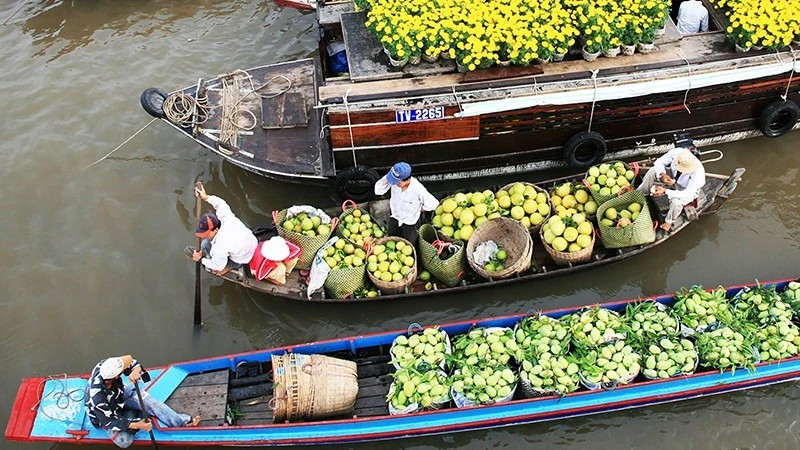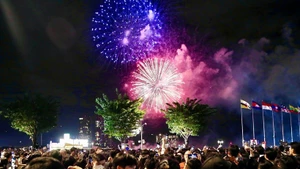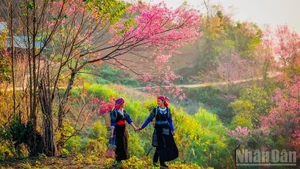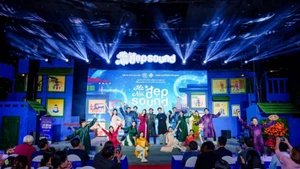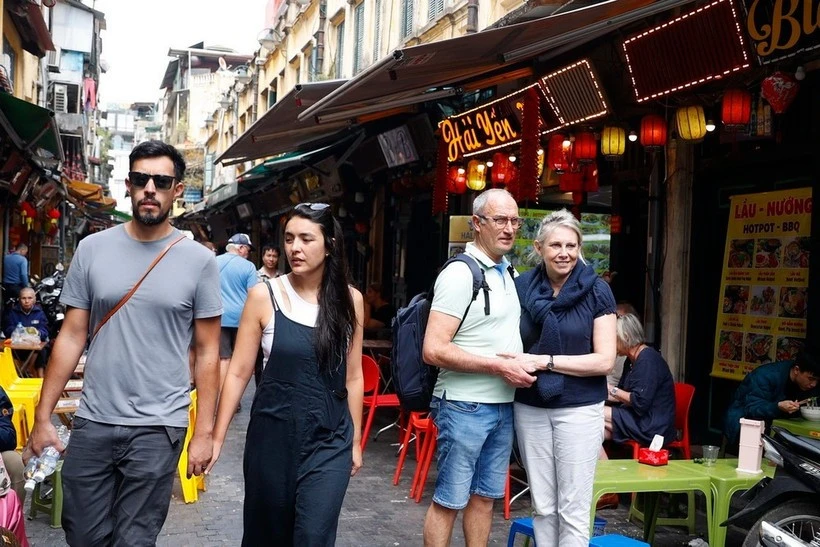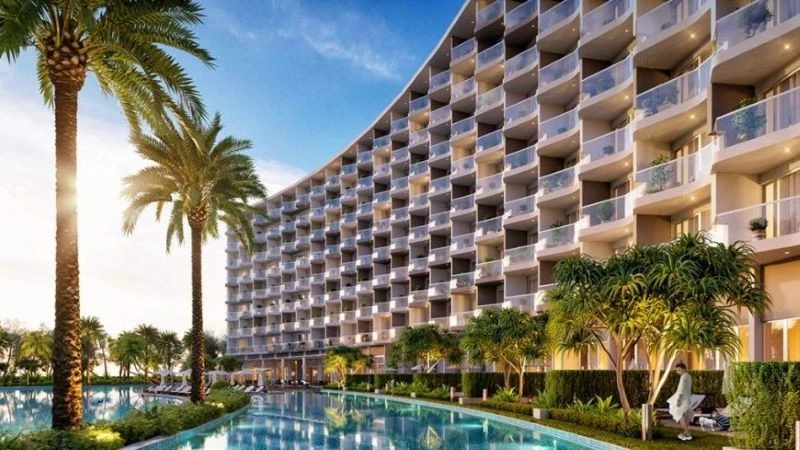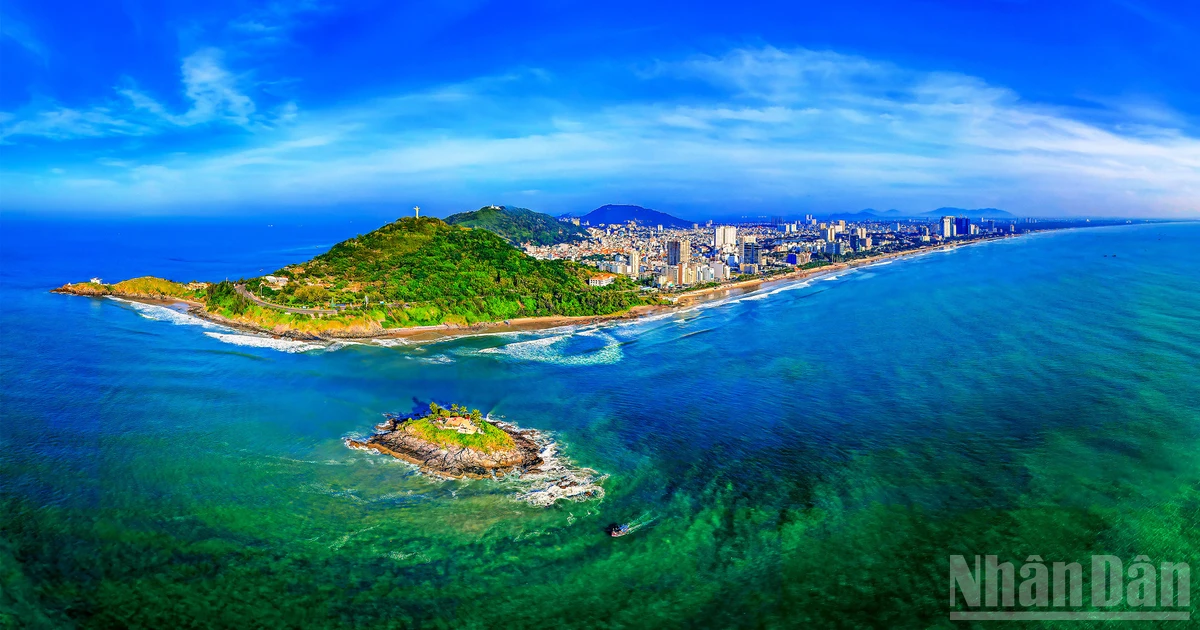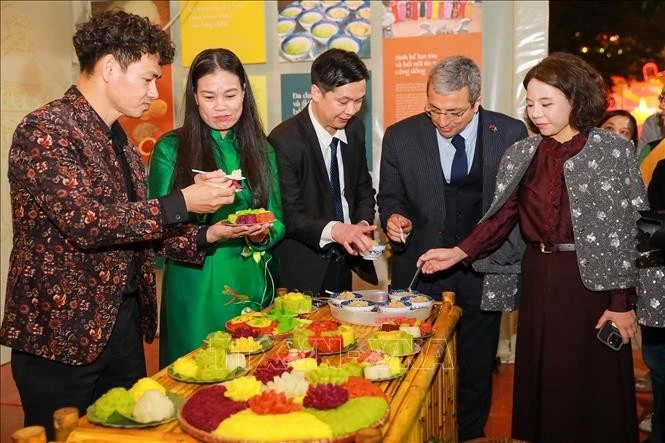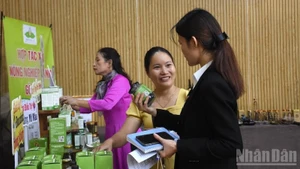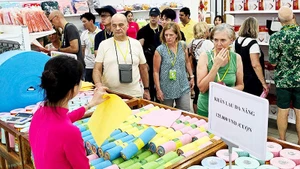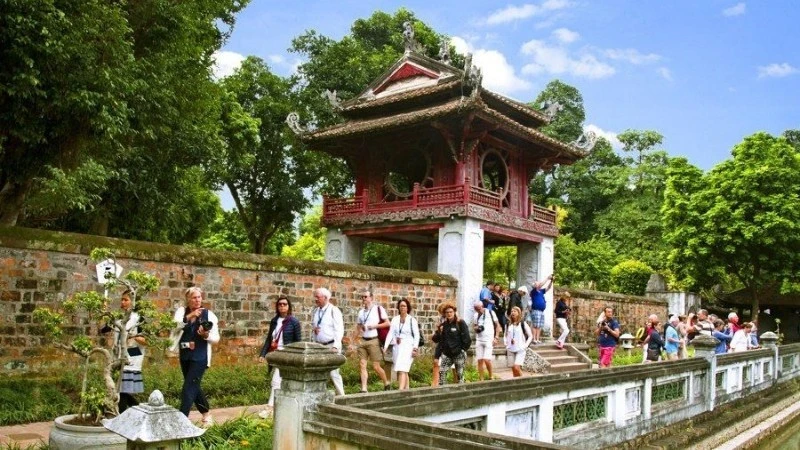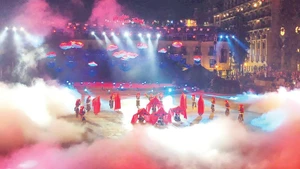For a long time, localities have developed eco-tourism, offering experiences rich in the culture of the Southwestern region of Vietnam. However, the mindset of relying solely on rivers and gardens to develop tourism is outdated in the modern era.
Provinces are gradually learning to leverage and promote traditional values while integrating other forms of tourism to diversify products and experiences, helping the “land of nine dragons” grow.
In 2024, the Mekong Delta welcomed over 52 million visitors, with total tourism revenue estimated at over 62 trillion VND (2.39 billion USD). Of that, Can Tho City was estimated to have received around 6.3 million visitors, generating about 6.23 trillion VND (240.82 million USD) in revenue. Besides “riverine” spaces, historical sites like the Hung Kings Temple, Binh Thuy Ancient House, and entertainment areas like Ninh Kieu Pedestrian Street and the night food market also attract a large number of tourists.
Meanwhile, Dong Thap Province has effectively utilised tourism products from traditional craft villages such as Sa Dec Flower Village, handicraft villages, and local cuisine. Among the nine million visitors in An Giang Province last year, famous destinations contributed significantly, including Cam Mountain tourist area, the Memorial Site of President Ton Duc Thang, Ba Chua Xu Temple on Sam Mountain, and the Chau Phong Cham Village.
Many experts believe that tourism in the Mekong Delta is now more than just eco-tourism, and the diversity of tourism products is increasingly evident. Coastal and island resources, historical and cultural relics, and traditional cultural values are being increasingly promoted.
Although the region no longer relies solely on “rivers and gardens”, diversifying tourism types in the Southwest region still faces many obstacles. While there has been innovation and creativity, it remains fragmented and spontaneous rather than part of a long-term development plan.
Tourist destinations are not yet well-connected with travel and tour companies, limiting the variety of tours and routes. Often, visiting one province feels like experiencing the entire region. Tourism development is still largely uncoordinated, with ineffective promotion of destinations on social media and other media platforms.
Traditional craft villages receive little investment for preservation and development, with many at risk of disappearing. There’s a lack of effective coordination mechanisms for regional linkages and value chain integration in the tourism sector. Few tourism projects are being invested in, and many are delayed. Apart from Phu Quoc Island (Kien Giang Province), the Mekong Delta lacks large-scale entertainment zones.
To make tourism in the Mekong Delta more diverse and appealing, localities must focus on selective exploitation and diversification of tourism types, promoting traditional cultural values and creating distinctive features for each area. Mobilising resources and attracting investment for tourism development is essential. Conditions should be made to help tourism businesses build and develop new tourism products. Active and effective participation in linking and cooperating to boost tourism, especially inter-sector and inter-regional cooperation, is crucial.
A clear legal framework and a model for directing and coordinating regional linkages in the Mekong Delta are needed to effectively develop tourism. The connection should not only rely on government-to-government agreements lacking legal binding, but also involve market linkages between businesses, tourism operators, media, and branding agencies.
